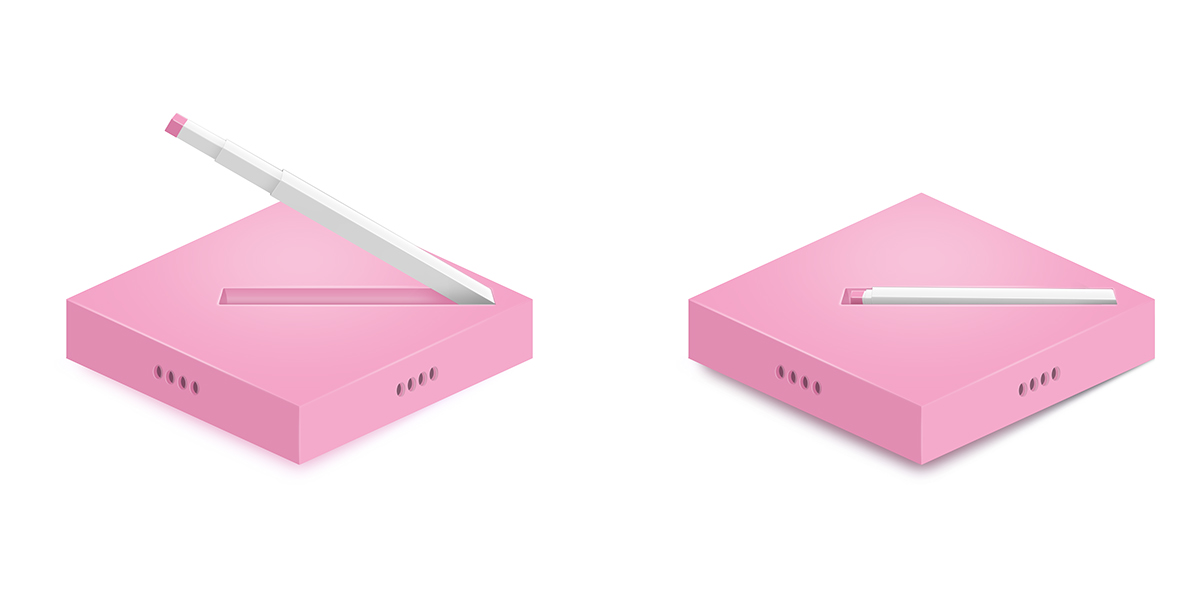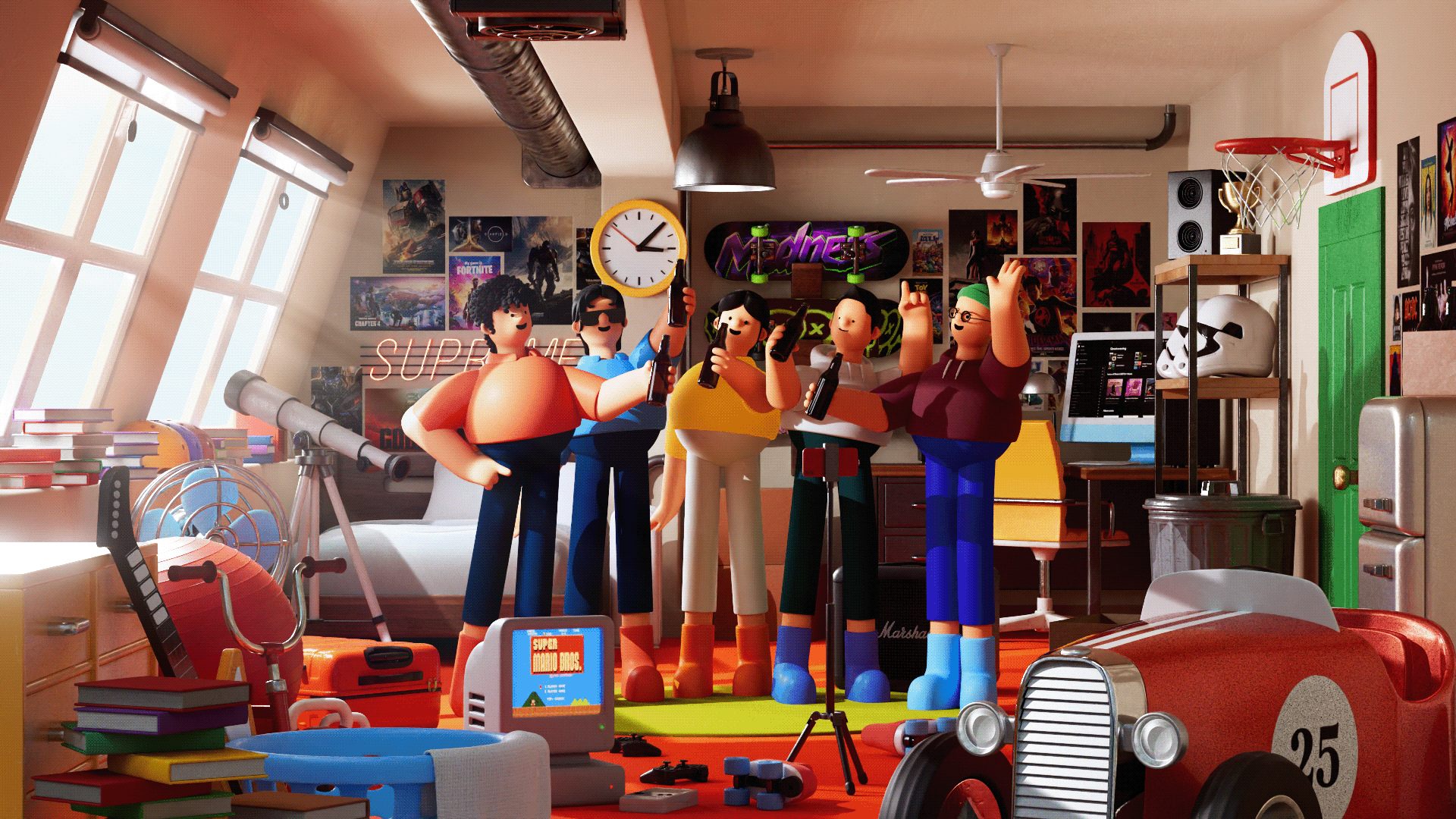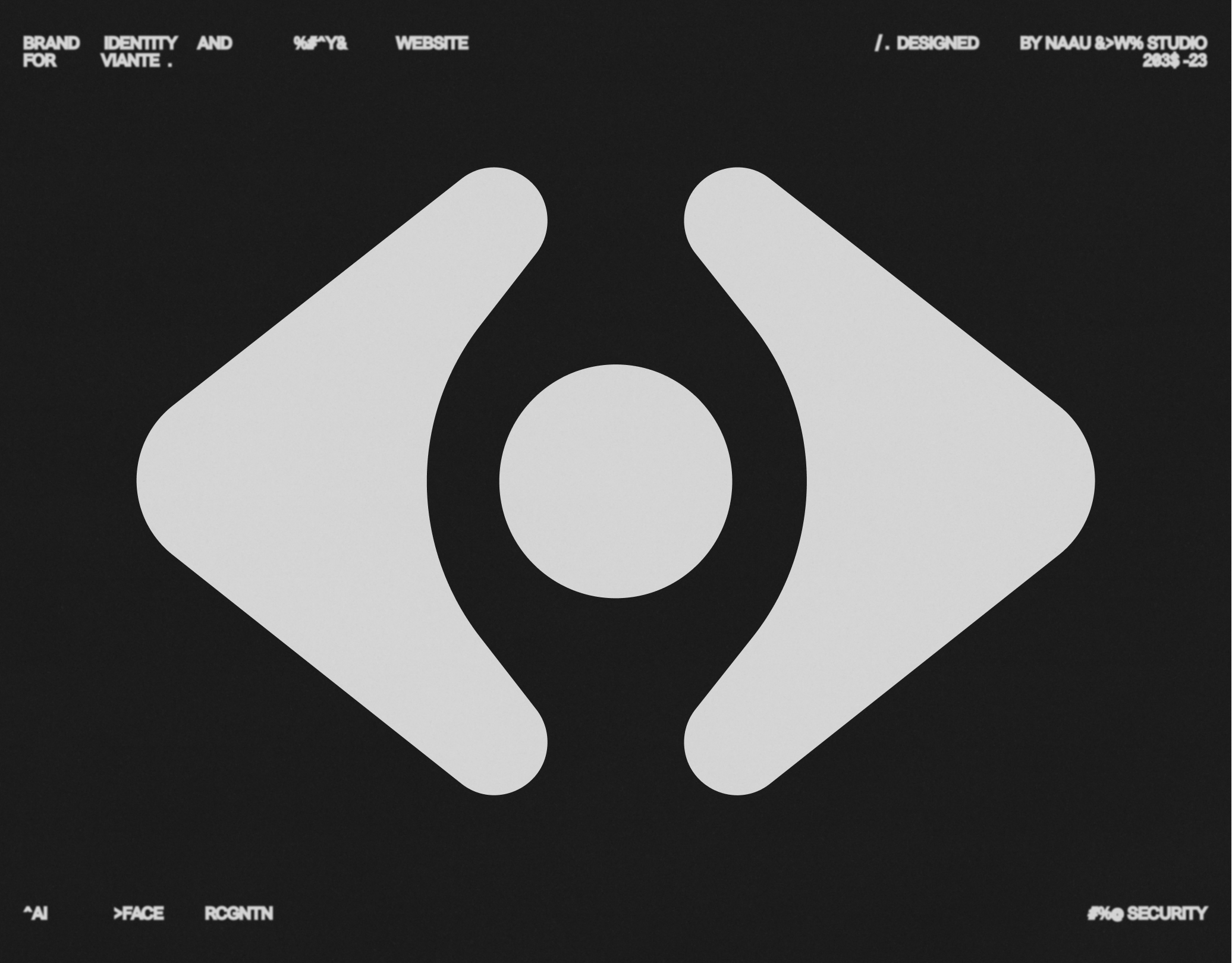
j3j3radio
An educational, build-it-yourself radio for kids aged 7-10 in the Philippines that introduces them to and encourages an early interest in technology.
Name
The name “j3j3 radio” is a reference to the Filipino texting language, Jejemon (or “j3j3m0n” as it would be spelled using the conventions of the language), which became a nationwide pop culture phenomenon in the early 2000s.It was developed as a means of abbreviation to fit more words into text messages on early cell phones with character limits. It is heavily based in youth culture– the name being a combination of “hehe” (as in an expression
of laughter) and “Pokemon,” and became so popular it was referenced in the 2010 Filipino presidential campaign. In this case, referencing Jejemon functions as a progressive
lure– an attentional entry point that makes an educational tool feel familiar and fun.
of laughter) and “Pokemon,” and became so popular it was referenced in the 2010 Filipino presidential campaign. In this case, referencing Jejemon functions as a progressive
lure– an attentional entry point that makes an educational tool feel familiar and fun.
Design Materials
Each radio component will be enclosed in a plastic, 3”x3” block with a rubberized coating making it shock, water, and pressure resistant. While there are several “build your own radio” sets on the market, they are often made up of intricate, small pieces that convey a sense of fragility and the necessitation of delicate handling. By enclosing the pieces in large blocks with a rubberized coating, children can handle them freely, encouraging them to jump in and engage.
Colors
The essential parts of the radio’s operational system are given hierarchical precedence by being enclosed in brightly colored blocks. The colors represented are tints of the basic primary/secondary color wheel for familiarity and clarity of distinction, as well as referencing the pervasiveness of pastel colors in Filipino design.

Visibility and Discoverability
Each module’s function is made visible by its design to promote straightforward, active, and engaging learning. If the piece is meant to be interacted with, it is designed with affordances and signifiers to convey how to use it so that its function can be learned through discoverability and feedback. The tuner, for example, is represented by a large knob with ridges denoting that it can be turned, the changing audio feedback facilitating the formation of a conceptual model of how the radio works as a unit. When the functionality of the module does not necessitate interaction and is more abstract in its operation, it is represented with an icon encouraging children to learn or recall its meaning. The battery, which is the power source, merely needs to be connected with the circuit pieces to function. But electrical power is a more advanced, abstract concept, so its complexity is simplified and represented with a thunderbolt symbol. A description of each piece’s function and the icons’ symbolism will be included with the instructions so the children can learn the concepts at hand. The modules can be put together via magnetized, opposing male/female connectors featured on their sides. The physical design affords their connectability, while the magnetization acts as a helping system.
Individual Pieces
Volume Control + Speaker
The volume knob’s circular, ridged design affords turning. The indicator line at the top of the knob and the plus and minus signs on the body of the module act as signifiers and denote a relationship between the two– a child can deduce that aligning the line on the knob with the plus or minus sign will increase or decrease its effect, which will be confirmed by feedback. There will be a constraint in place so that the knob cannot be turned past the plus and minus signs. The speaker holes’ placement on the same colored module as the volume control will visually convey the relationship between the two as one unit.

Diode
The diode is an example of a module that is not interactive and houses a component whose purpose is more conceptually abstract, necessitating the use of iconic representation to help children learn and recall its function. The diode is an electric component that extracts information from radio waves. The icon used to represent it is arbitrary, which forces the children to use the reference manual to learn its meaning.

Tuner
Again, the use of a large knob with ridges affords being turned. The arrow atop the knob serves as a signifier, aligning with the numbers on the block that represent different radio stations being played as the knob is turned. Discoverability and feedback confirm its function.

Antenna
The antenna module will feature a groove that allows the antenna to be placed flat in the package and lifted upward when in use. The gradations in width at the top of the antenna help signify its retractibility. Lifting the antenna out of the block and pulling it from the tip to its full length will provide feedback in the form of increasingly clearer reception.

Coil
The coil is another example of a module that is not interactive and uses an icon to represent a less familiar, more abstract concept. The coil facilitates the tuner’s ability to be adjusted. Again, an arbitrary icon is used so that children have to seek out and learn its meaning.

Battery/Power Source
The power module is represented with a familiar, symbolic icon since it is an abstract concept that is more widely known and recognized. This simplifies the process of learning for children and allows them to either apply knowledge they already have, or learn the symbol for future use in the world.

Circuit Connectors
Using the concept of “good continuation,” the circuit connectors are designed with straight and curved lines that create continuous paths signifying their function as links relating and unifying the individual modules into one system.

Structure
The radio’s internal structure is broken down using modularity to frame its internal complexity as simple and approachable, allowing children to quickly and clearly conceptualize how a radio works and encourage learning about technology. Its most essential components (speaker, volume control, diode, tuner, antenna, coil, battery) are isolated and contained in modular blocks using colors to distinguish the pieces from one another. These are then linked by circuit connectors, represented by black and white blocks with straight and curved “paths” in order to convey the connections that bring these disparate parts together to create one functional system. The children can create various combinations of paths linking all the pieces together, with the goal of achieving the right configurations to complete the radio’s system and make it functional. Once they are all arranged properly, feedback will occur and the radio will begin to play. There are 6 main functional pieces, with 24 connectors, for a total of 48 possible configurations allowing for re-playability. It can be put together collaboratively, as a group activity, or individually.

Promo video
THANKS !






